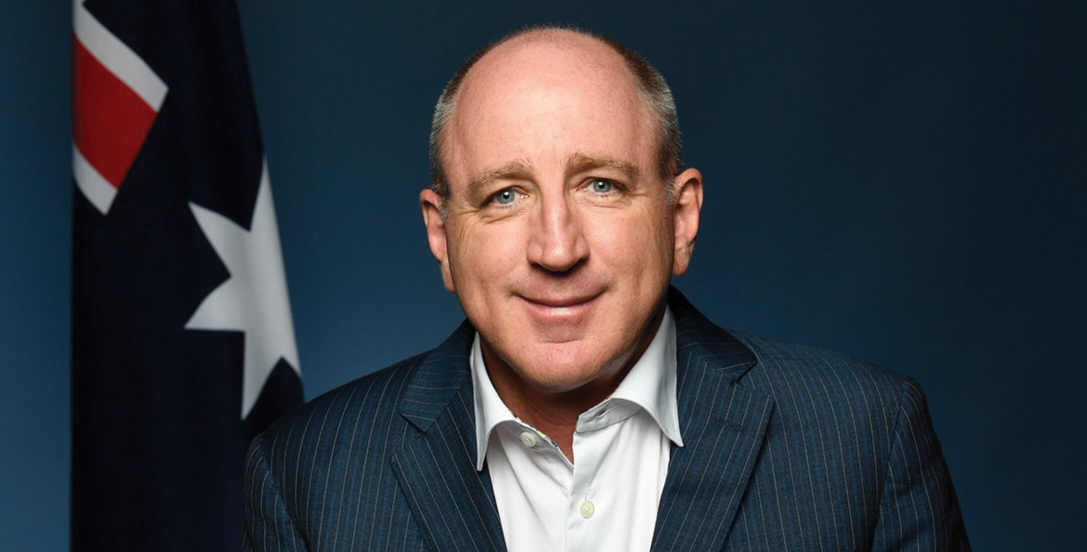Brokers brace for major change to Facebook ad verification
Mortgage brokers who advertise on Facebook may now be subject to enhanced authorisation requirements introduced by Meta.
From February 2025, any advertisements promoting financial products or services will need to meet Meta’s verification requirements before it can be published.
The social media giant said the move is intended to “promote consumer safety”, combat fraud, and, in some cases, comply with regulatory authorities.
Under these requirements, any organisation that wishes to post ads on Facebook promoting financial products and services, may have to verify information about the ad beneficiary and payer, including their Australian Financial Service Licence (AFSL), unless otherwise exempt.
Meta told The Adviser brokers covered by Australian Credit Licences (ACLs) rather than AFSLs would be able to click ‘exempt’ when going through the verification flow.
However, brokers may still be required to complete the payer and beneficiary verification and disclaimer requirements for their adverts.
Naveen Ahluwalia, executive – policy and legal at the Mortgage and Finance Association of Australia (MFAA), said the industry body continues to support efforts by organisations to combat scam activity through initiatives such as the Australian Online Scams Code.
Ahluwalia said that Meta introduced authorisation, verification, and disclaimer requirements covering ads promoting financial products and services to meet its obligations under the code.
“These requirements are specifically designed to ensure only authorised advertisers promote regulated financial services and products,” Ahluwalia said.
“These rules primarily target risky activity such as finfluencing, use of deep fakes and celebrity-related scams on social media.”

Members vote in favour of mutual merger
Members of G&C Mutual Bank (G&C) and Unity Bank (Unity) have voted in favour of a merger between the two customer-owned lenders.
The merged bank will reportedly have assets of $3.6 billion and 27 branches across NSW, Queensland, Victoria, South Australia, and Western Australia.
This decision came after 99 per cent of G&C Mutual Bank members and 93 per cent of Unity Bank members voted in favour of merging the two customer-owned banks.
The proposal to merge the two mutuals was first announced in 2019, but the onset of the COVID-19 pandemic put these plans on ice.
Preparations are now reportedly underway for the integration of banking systems onto one platform, commencing 7 March 2025.
The two mutual lenders will operate under the Unity Bank Limited banner, with the Unity, G&C, and Reliance Bank (a division of Unity) brands maintained for a period of 18 months after the completion of the merger.
A new leadership structure will see Unity Bank CEO Danny Pavisic preside over the merged entity, with current G&C CEO Rosanna Argall acting as deputy CEO.
Meanwhile, Teachers Mutual Bank Limited and Australian Mutual Bank have signed a memorandum of understanding (MOU) to explore a merger of the two customer-owned lenders.
If approved, the merger would create one of Australia’s largest mutuals, with $13.4 billion in total assets and more than 300,000 members.
The targeted completion date for the merger has been set at 2026, according to the MOU, subject to approval by regulators and all members.
Rate cut anticipation shifts housing sentiment
Consumer sentiment towards housing improved slightly at the start of the year, driven by the growing perception of the potential for rate cuts in the near future.
The Westpac-Melbourne Institute’s ‘time to buy a dwelling’ index rebounded by over 10 per cent in January 2025, to 89.9, according to the major bank, reversing the fall recorded in December 2024.
Westpac chief economist Luci Ellis said: “The increase could reflect a combination of the growing view that mortgage rate decreases are coming, and a recognition that housing prices have slowed or even fallen in most population centres.”
Meanwhile, the Westpac-Melbourne Institute Mortgage Rate Expectations Index, which tracks consumer expectations for variable mortgage rates over the next 12 months, edged down to 105.7 in January from 105.8 in December.
This incremental fall was the fourth consecutive month where the share of consumers who expect rates to increase outnumbered those who expect rates to fall by 5 percentage points or less, a much narrower margin than in recent years.
“Within the overall view on interest rates in January, homeowners with a mortgage were more likely to expect a rate cut than either renters or outright owners,” Ellis said.
“While the share of mortgagors expecting a cut has exceeded that of renters for more than a year, the increase this month has put them ahead of outright owners as well. This shift in expectations may help explain why sentiment more broadly has improved for this group relative to both renters and outright owners.
“That said, most consumers expecting rate cuts expect mortgage rates to fall by no more than 1 per cent over the next 12 months.”

Shadow financial services minister shares Coalition housing plan
Shadow financial services minister and shadow assistant treasurer of Australia, Luke Howarth, has revealed how a Liberal/National Coalition government would address the housing affordability crisis in an exclusive interview with Momentum Media.
The Liberal MP said a change of government at the upcoming federal election – due to be held no later than 17 May 2025 – would see the Coalition “bring immigration back to around 150,000 people per annum to try and match it with the stock”, while working to get interest rates down and address inflation by “better managing the economy”.
Speaking to Momentum Media, Howarth criticised the Labor’s promise of “cheaper mortgages” during the run-in to the 2022 federal election, noting the 12 interest rate rises, escalating immigration levels, and dwindling housing supply in the intervening period.
“[Liberal Leader] Peter Dutton knows what he needs to do,” Howarth said, pointing out that the Coalition had previously introduced several policies to try and help first home buyers, such as the First Home Super Saver Scheme and the First Home Deposit Scheme.
He said that the Coalition would also look to bring in its super for housing scheme (an initiative first announced ahead of the last election) that would enable first home buyers to use up to 40 per cent, capped at $50,000, of their super savings for a home loan deposit.
“We’re going to allow first home buyers to take a percentage of their super out that might help them get into the housing market to buy a unit or a house quicker,” Howarth said.
“And then when they sell the property, say in 10 years time, that deposit goes back into their super plus a share of the capital gain.”




